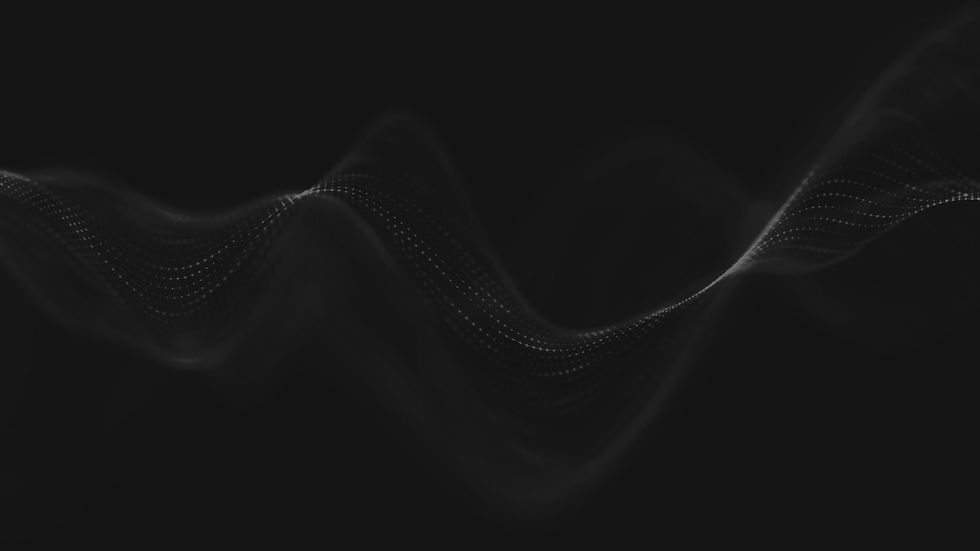
Music has a universal language that transcends cultures and emotions. In the digital age, the combination of data science and music is yielding fascinating insights into musical patterns, audience preferences, and the creation of tailored experiences. Data science techniques are revolutionizing the music industry, enabling musicians, producers, and music platforms to better understand their audiences and deliver personalized content. In this article, we delve into the realm of data science in music, exploring how it's reshaping the way we perceive, create, and enjoy music.
The Music Data Revolution: From Notes to Numbers:
The digital transformation of music consumption has generated massive amounts of data. Every streamed song, skipped track, and thumbs-up leaves a digital footprint that data scientists can analyze to uncover trends, preferences, and patterns in musical behavior.
Music Recommendation Systems: Curating Personalized Playlists:
Data science powers the recommendation algorithms that suggest songs and playlists based on individual preferences. These algorithms analyze listening history, genre choices, and even the emotional tone of songs to create playlists that resonate with users on a personal level.
Understanding Musical Patterns: Analyzing Rhythms and Harmonies:
Data science techniques, such as signal processing and machine learning, allow us to dive deep into musical compositions. By analyzing patterns in rhythm, harmony, and melody, researchers can uncover underlying structures and trends in different genres.
Genre Classification and Music Tagging: Categorizing Musical Styles:
Automatic genre classification is a fascinating application of data science in music. Algorithms can differentiate between genres based on musical features, such as tempo, key, and instrumental arrangements. Music tagging also involves labeling tracks with descriptive tags for improved search and organization.
Sentiment Analysis in Lyrics: Decoding Emotional Content:
Sentiment analysis is applied to song lyrics to determine emotional content. This technique gauges the sentiment expressed in the lyrics, whether it's happiness, sadness, anger, or other emotions, providing insights into the emotional connection listeners have with music.
Predictive Analytics for Hit Songs: Unveiling Success Patterns:
Data science models can predict the potential success of a song by analyzing its characteristics and comparing them to patterns of successful hits. Factors like tempo, key, and even lyrical themes can play a role in predicting a song's popularity.
Creating New Musical Experiences: AI-Generated Music:
Data science intersects with artificial intelligence to generate new music. AI models trained on vast musical datasets can compose original pieces, imitate specific genres, or even collaborate with human musicians, expanding the boundaries of musical creativity.
Enhancing Live Performances: Real-time Audience Insights:
Data science tools can be employed during live performances to analyze audience reactions and engagement. By monitoring social media activity and sentiment during concerts, artists can tailor their performances to connect more deeply with their audience.
Challenges and Ethical Considerations: Balancing Creativity and Data:
While data science offers exciting possibilities for the music industry, there are ethical considerations to address. The fine line between catering to audience preferences and compromising artistic creativity raises questions about maintaining the authenticity of the music.
Future of Data Science in Music: Evolving Musical Landscape:
As data collection and analytical techniques continue to advance, the role of data science in music will expand. With the rise of immersive technologies like virtual reality and augmented reality, new avenues for enhancing musical experiences and connecting with audiences will emerge.
Data science has harmonized with the world of music, transforming how we listen, create, and interpret melodies. From personalized playlists to predictive hit analyses, the marriage of data science and music is fostering innovation and enabling more meaningful musical connections. As technology continues to evolve, data-driven insights will continue to play a pivotal role in shaping the future of the music industry, offering a harmonious blend of science and artistry.

Comments